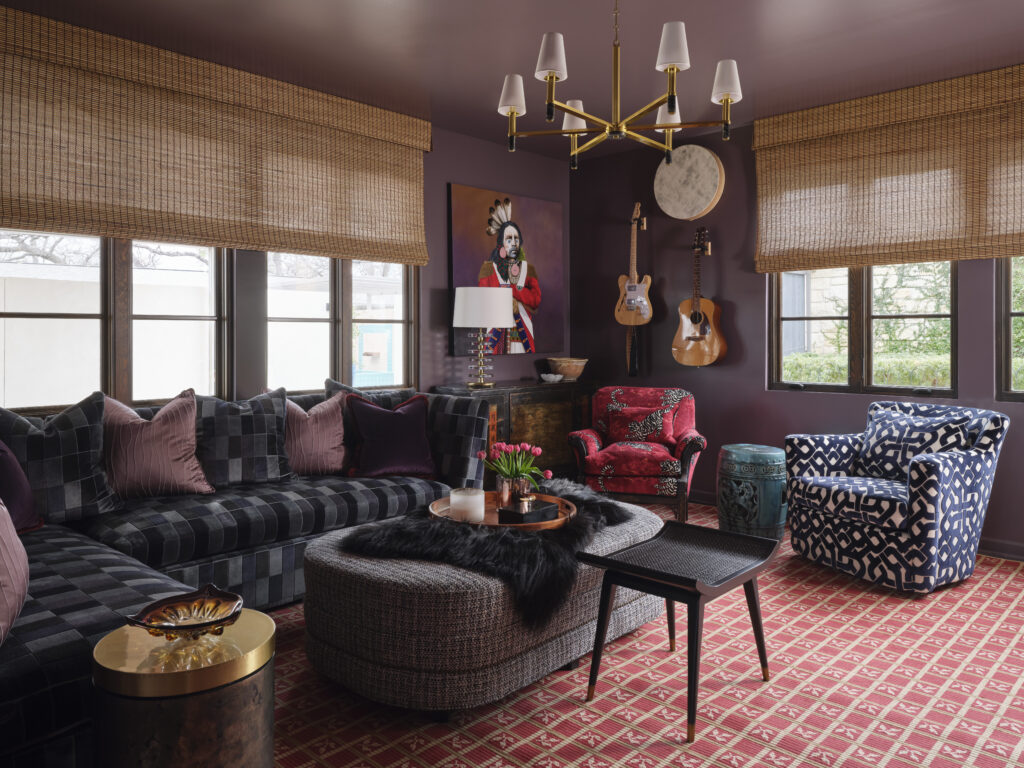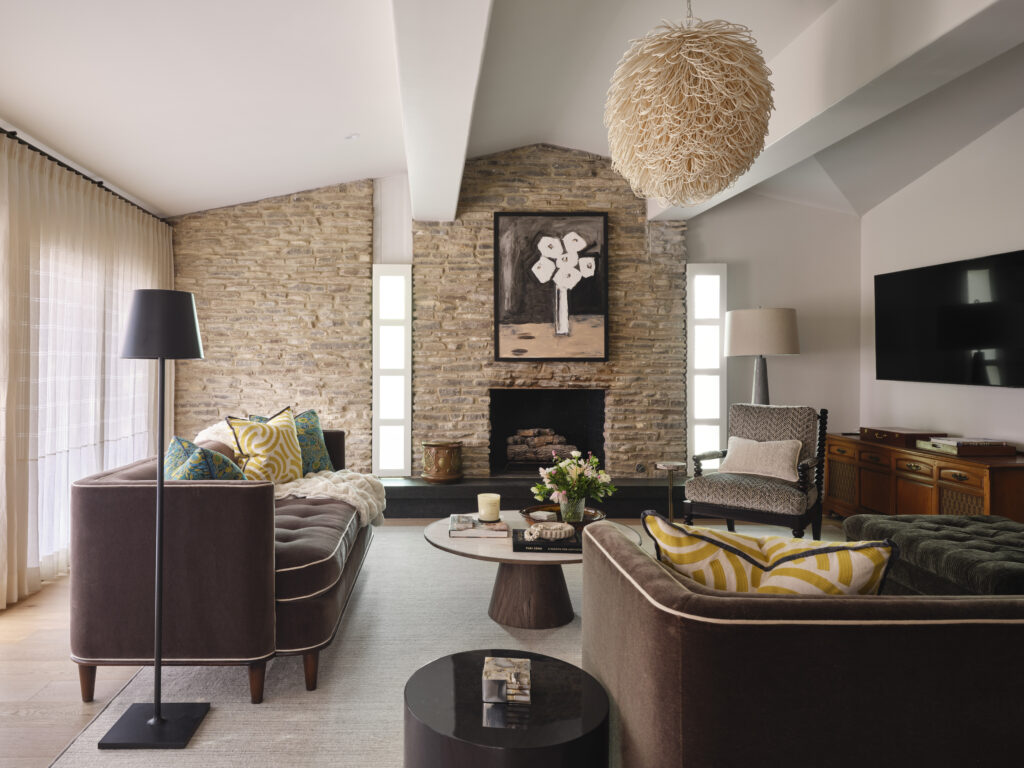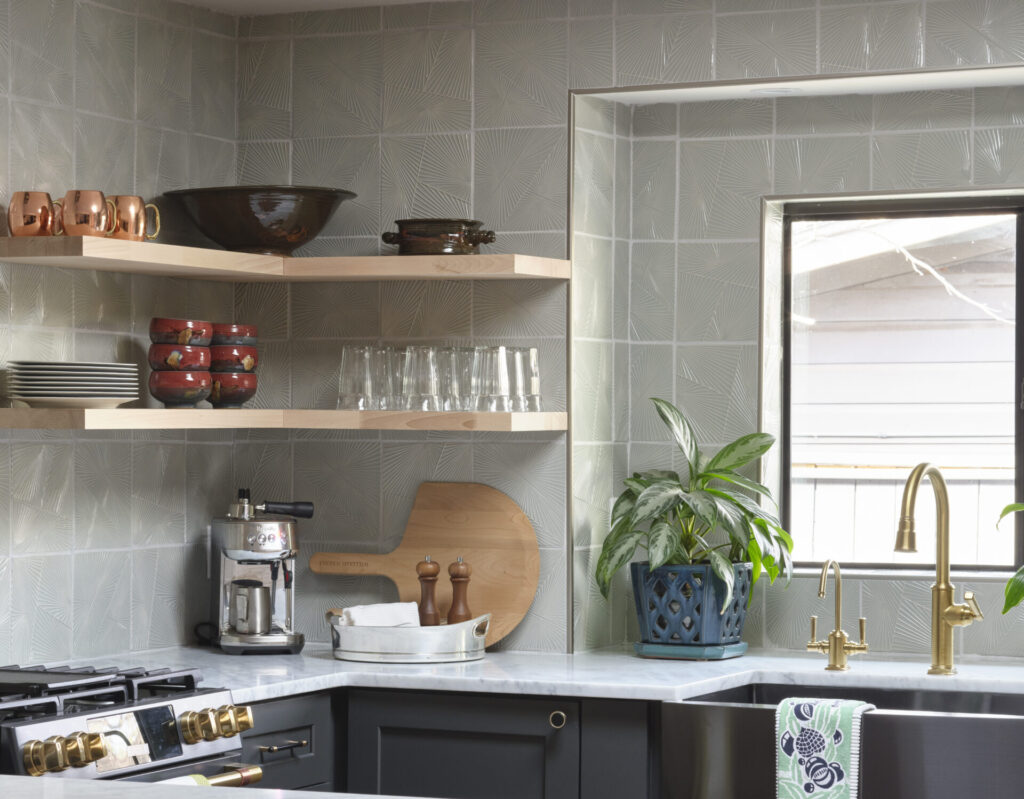Sparrow Interiors’ Top Tips for Designing Small Spaces
Austin design studio shares thoughtful ways to add personality and function to make every corner count

It’s no secret that some of the best-designed homes are some of the smallest. It’s not about the size of your home that dictates the aesthetic, it’s about what you do with it.
Austin-based Sparrow Interiors & Gifts, a full-service design studio and luxe boutique retailer founded by principal designer Elizabeth Cates, is the expert when it comes to providing tasteful and bespoke interiors for clients all over Austin and beyond for projects of all sizes. And, when it comes to designing small spaces, they know just how to capitalize on every aspect.
“Small spaces can seem intimidating for our clients,” says Cates. “They can get cluttered easily and it can seem like there’s not enough room for items. It really comes down to the function of the space and how you can expand on that. Once you nail down the function, everything falls into place.”
Color
Perhaps, of course, one of the biggest ways to make an impact in a small space is the use of color. To start, the Sparrow team recommends asking yourself what you want to feel in that space. Are you going for a moody or relaxing aesthetic? Color can enhance each and every feeling, transforming the space into the desired style.
Sparrow Interiors also notes that people are always scared to paint the ceiling, but painting the ceiling can make a dramatic impact. You don’t always have to go straight white but consider going two to three shades lighter in the same color as the walls to create a striking look.
“Don’t be afraid to make the bold choices,” says Cates. “Have fun mixing and playing with color. Don’t hesitate to use color. People gravitate towards white because it’s easy and simple, but in reality, the use of color is transformational in small spaces.”

Personalization
With small spaces, personalization is key. Each and every corner is an opportunity to tell a story about the people who live there and use the space on a daily basis.
“At Sparrow, we always advocate for creating a space influenced by a person’s style,” says Cates. “We’re not always looking to the trends – those are fun, of course – but we also want to incorporate your own personal style.”
During the design process, think about how you plan to use the space and what brings you joy. Consider your values and what has significant meaning to you—from motifs to items. How can you incorporate those into the design of your space, from function to form to design? The spaces people create should have a value that reflects those who call it home.
Textures
Textures are another important consideration in making small spaces pop, according to Sparrow.
“Textures play an important role because they bring a critical aspect to a room that nothing else can offer,” said Cates. “It’s all about striking that balance between soft and hard.”
For example, you can create a dichotomy between the hardness of wood and the softness of fabric. Incorporating metal in a room can also create a high and low aesthetic between materials across dimensions when contrasted against velvets or silks. Materials could all be the same color, but if they’re different textures, they’ll feel and look different in the space.

Structure
Lastly, Sparrow emphasizes the importance of using all sides of the space. The structure of the space and its pre-existing architectural elements are just as important to work with. For example, do you have arches at play? Stone walls? Drywall? Fireplaces?
“Think of the room as a box,” said Cates. “It’s a blank canvas on every side. Use the windows, the ceiling, the floor. How do the surfaces communicate and blend with one another?”
Ceiling lighting is a part of that box that often goes overlooked. People often go straight to can lighting or chandeliers, but flush mounts or track lighting are other options to consider for different ambiances. How do these intersect with the natural light coming in from the existing windows? If you have a statement art piece that’s the dominant feature in the space, how does the lighting complement that? How do the fabrics, paint and rugs communicate with it?
Speaking of rugs, the floors are another piece of the puzzle. Sparrow often recommends rugs and while many people default to rugs that just go under furniture (such as the bed or couch), a large rug that takes up the whole space can often make the room feel bigger and enhance the space. Tile is another great option for floors that can create eye-catching patterns and introduce corresponding color palettes.
Quick Fixes
But, let’s say you don’t have the time (or budget) for an entire renovation. The Sparrow team offers some quick and effective options to help you brighten your small spaces that will make a world of a difference. For example, rearranging and reupholstering existing furniture is one way to give current pieces a facelift. For something new, try adding fresh fabrics/drapery and new area rugs, carpeting, artwork or lighting for a quick glow-up (literally). Wallpapering a space is an accessible way to spruce up a room without too much commitment. And, lastly, the impact of decluttering and updating accessories cannot be overstated. Sometimes, less really is more.
From colors to textures to patterns and everything in between, the options are endless when it comes to maximizing a small space and bringing it to life through thoughtful, intentional design.








